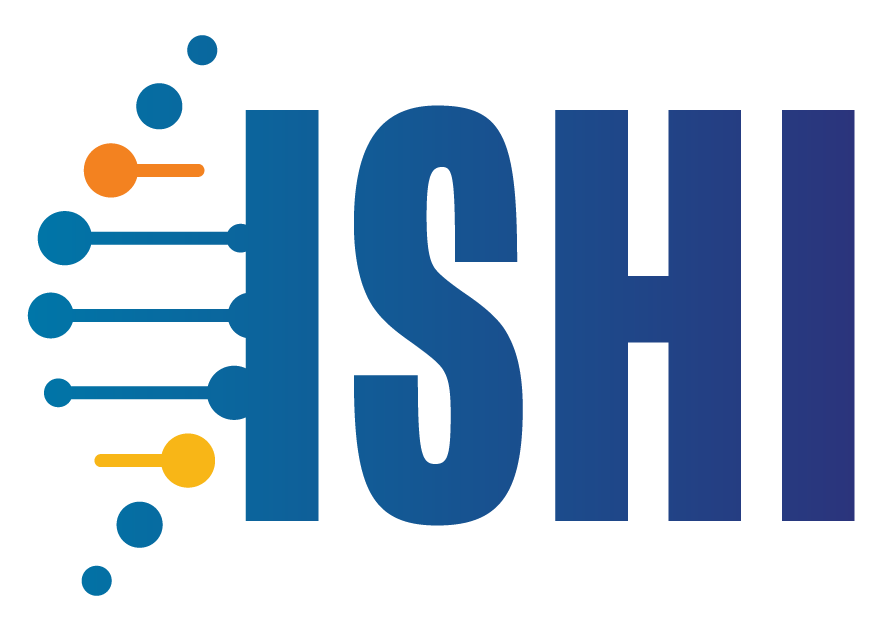Some cases capture the imagination long after the evidence has aged. The story of Kaspar Hauser, a 19th-century figure shrouded in mystery and myth, is one such case—and it has revealed an unexpected lesson for modern forensic genetics.
At ISHI, Walther Parson will present “The Kaspar Hauser Enigma: Historical Myths and Scientific Controversy.” By revisiting 200-year-old hair samples analyzed decades apart with conflicting results, his team uncovered striking differences between sequencing methods. While traditional Sanger sequencing missed degraded components of mitochondrial DNA, massively parallel sequencing (MPS) exposed mixtures invisible to older approaches. The findings not only help resolve a centuries-old debate but also carry important implications for today’s forensic casework, where degraded or mixed samples are part of everyday reality.

What was happening in your lab, case, or field that made this work feel urgent or necessary? What sparked this presentation?
This presentation focuses on a historical figure whose DNA was analyzed over 20 years ago by two laboratories with conflicting results, leading to long-standing controversy. In the late 2010s, we were invited to revisit the case and re-examine the material using modern technologies. Our work allowed us to resolve the historical question, while also raising new and intriguing issues. Additionally, the study provided important insights relevant to modern forensic genetic casework.
If someone walks out of your talk with one tool, mindset, or strategy—what should it be?
The ability to detect mtDNA mixtures is critically influenced by the methodological approach employed.
If you had unlimited time and no red tape, what’s one experiment or idea you’d chase tomorrow?
Sequence everybody’s mtDNA.
Let’s be honest—what’s the hardest part of your work right now? What helps you stay engaged or motivated in your role—especially when things get intense?
I enjoy every detail of my research work. The hardest part is the admin work that I have to do.
What advice would you give someone who’s just starting out in forensic DNA?
Make sure to have a solid background in statistics and bioinformatics.
What roles do collaboration, mentorship, or community play in your success as a scientist?
these are extremely important to me (please see the ISHI Report article produced on my group in Innsbruck).
Complete the sentence: ISHI is the one place where ________.
I can best network with my colleagues from the US.
